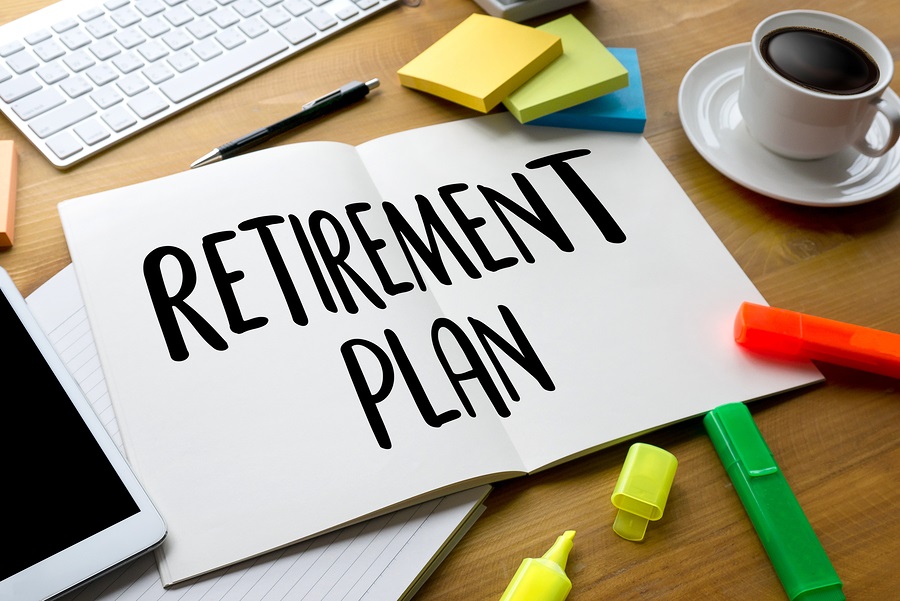Retirement planning is the nastiest and hardest problem in finance.
William Sharpe
In India, most people postpone planning for retirement for as long as possible. The reason is obvious. Retirement planning comes last, after other life goals, and hence, gets delayed.
Moreover, many young individuals are not sure about when should they start saving for their retirement or how much they need to save for their post-retirement lives?
One needs to start planning their savings as soon as they begin their career so that they have a strong financial foothold post-retirement. You can find out a decimal-accurate answer about how much you need to save up for retirement, with the help of a retirement calculator. After that, you must invest in market-linked instruments such as savings and unit-linked insurance plans to maximize the accumulated retirement corpus.

But in no circumstances, should you commit yourself to mess up your retirement plan.
Here’s how you can confirm if your retirement plan is going off track.
You are Laden with Debt
In life, most of us incur debts in one form or the other. Whether it is student loans, credit card bills, utility bills, home loans or even car loans, these financial debts can pile up quickly, if unpaid.
In case you are nearing retirement and still have pending debt, its repayment may take out a significant portion of your retirement savings. Therefore, you need to pay off all significant debts while you’re working.
You are Not Saving for Healthcare
Even if you have saved a significant amount, you may jeopardize your retirement by not having separate savings for healthcare. Post-retirement, your health would easily weaken, and you would need a financial backup to tackle all medical expenses.
Without healthcare coverage, you would need to dig deep into your pockets to take care of the treatment expenses. Moreover, the rate of inflation in healthcare can play a dampener for your retirement savings, devaluing and eating through them in no time.
To avoid any such instances; therefore, you need the buffer of health insurance or an emergency fund over your retirement savings.
Not Investing to Generate Steady Income Post-Retirement
Retirement typically means the end of earning period for most individuals. However, it doesn’t mean that you rely entirely on your life savings to take care of your lifestyle expenses. You can instead use your savings to generate another source of steady income post-retirement. With an efficient investment portfolio, you can easily avoid outliving your retirement funds.
Therefore, you need to include products such as Senior Citizens’ Saving Scheme (SCSS), Post Office Monthly Income Scheme (POMIS), unit-linked insurance plans, immediate annuities and tax-free bonds in your retirement investment portfolio. Doing so will help you ensure that you have more than one source of steady income to suffice your lifetime.
You are Planning to Pay for Your Adult Children
All parents plan for their child’s’ primary education, college tuition fees, lifestyle and marriage expenses. However, once your child becomes an adult and is capable of taking care of himself or herself, you don’t have to continue providing for them.
The chances are that by the time your children become adults and start their careers, you have already retired. So, if you continue to pay for your adult children’s expenses, you may have to take the amount from your retirement savings pocket. This, in turn, will quickly drain your retirement corpus and would leave you without much financial backup.
Retirement Planning is No Child’s Play
On the surface, retiring may seem to be about spending long days taking strolls or going off on vacations. But underneath, there is a crucial shift at play: your days of working are over and now the days of spending begin.
Planning for retirement is a tricky balance of spending an adequate amount to enjoy life while making sure that you have enough savings to suffice your lifetime. And you cannot mess it up.
Therefore, you need to create an investment portfolio, which comprises instruments such as ULIPs, health plans, PPF savings and NSC (National Savings Certificate). With ULIPs, you can avail of an additional advantage of insurance cover, along with significant investment returns, under a single plan.
Unit linked insurance plans from reputable insurers such as Max Life Insurance also allow you to:
- Switch between different fund options when needed
- Make disciplined and regular savings through automated ECS payments
- Avail significant tax benefits under Section 80C and 10(10D)
- Make partial withdrawals out of your accumulated corpus
If you are still wondering about why your retirement planning needs unit-linked insurance plans or how ULIP works, you may review and compare different ULIPs online to have a better understanding of the product.
Remember, when it is about planning for retirement, you need to put a firm foot forward. And the more diversified your investment portfolio is, the better chances you have of living your dream retirement!